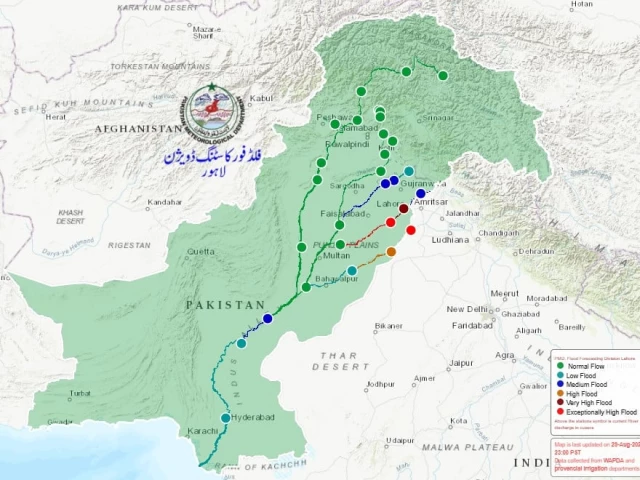The Indus Basin: A Tale of Rivers and Unity in South Asia
When we think about the great rivers of South Asia, it’s hard not to feel a deep sense of connection. Despite the political boundaries that divide nations like China, Pakistan, and India, these countries share an essential lifeblood—the magnificent Indus basin. This is a story of geography, history, and a shared destiny intertwined by water.
The Indus, the crown jewel of South Asia’s river systems, begins its journey near Lake Manasarovar in Tibet. It carves its way through the breathtaking Himalayas and flows into Indian Illegally Occupied Jammu and Kashmir (IIOJK) before heading into Gilgit-Baltistan. From there, it courses into Khyber-Pakhtunkhwa (K-P), where the immense Tarbela Dam harnesses its powerful waters.
As the river streams southward, it gathers strength from the Kabul River and progresses through Kalabagh, Chashma, and Taunsa, eventually reaching Mithankot. This is significant, as Mithankot is where the Indus meets its five key tributaries: the Sutlej, Beas, Ravi, Jhelum, and Chenab. This union forms the Panjnad River, which, after a sprightly 71-kilometre journey, merges back into the Indus, amplifying its strength.
The river’s trajectory past Guddu, Sukkur, and Kotri barrages culminates in its grand finale—a 3,180-kilometre journey into the Arabian Sea. But the importance of these waterways extends far beyond mere geography. The rivers carve out the land of Punjab, literally translating to the "land of five rivers." They are the backbone of ancient civilizations, cultures, and agricultural practices that have thrived along their banks for centuries.
However, the tributaries also weave a complex narrative of regional politics. The Sutlej and Ravi originate in Indian Punjab, meandering into Pakistan before joining forces with the Chenab. The Beas has an indirect role, merging with the Sutlej and thus crossing into Pakistan that way.
As the Sutlej moves down, it passes through key locations like Harike and Sulaimanki en route to Panjnad, while the Ravi enters Pakistan near Jassar and flows past various towns before joining the Chenab at Ahmedpur Sial. The Jhelum, another vital tributary, flows through Azad Kashmir and meets the Chenab at Trimmu in Jhang. The Chenab itself stretches nearly 960 kilometres before merging with its fellow rivers.
This intricate network has significant implications, notably enshrined in the Indus Waters Treaty of 1960, which governs water sharing between India and Pakistan. For Pakistan, the Indus is a lifeline—irrigating fertile fields, powering dams, and nurturing the delta before surrendering to the sea. Meanwhile, for India and China, these waters are crucial for survival and development.
In a world often fragmented by politics, the rivers of the Indus basin serve as a powerful reminder of our interconnectedness. They flow through borders that may separate, but also through hearts that are united.
If you’re interested in exploring more about the profound impact of water systems and their significance in our daily lives, consider engaging further with the rich content offered by Pro21st, where we delve deeper into such meaningful stories.
At Pro21st, we believe in sharing updates that matter.
Stay connected for more real conversations, fresh insights, and 21st-century perspectives.





